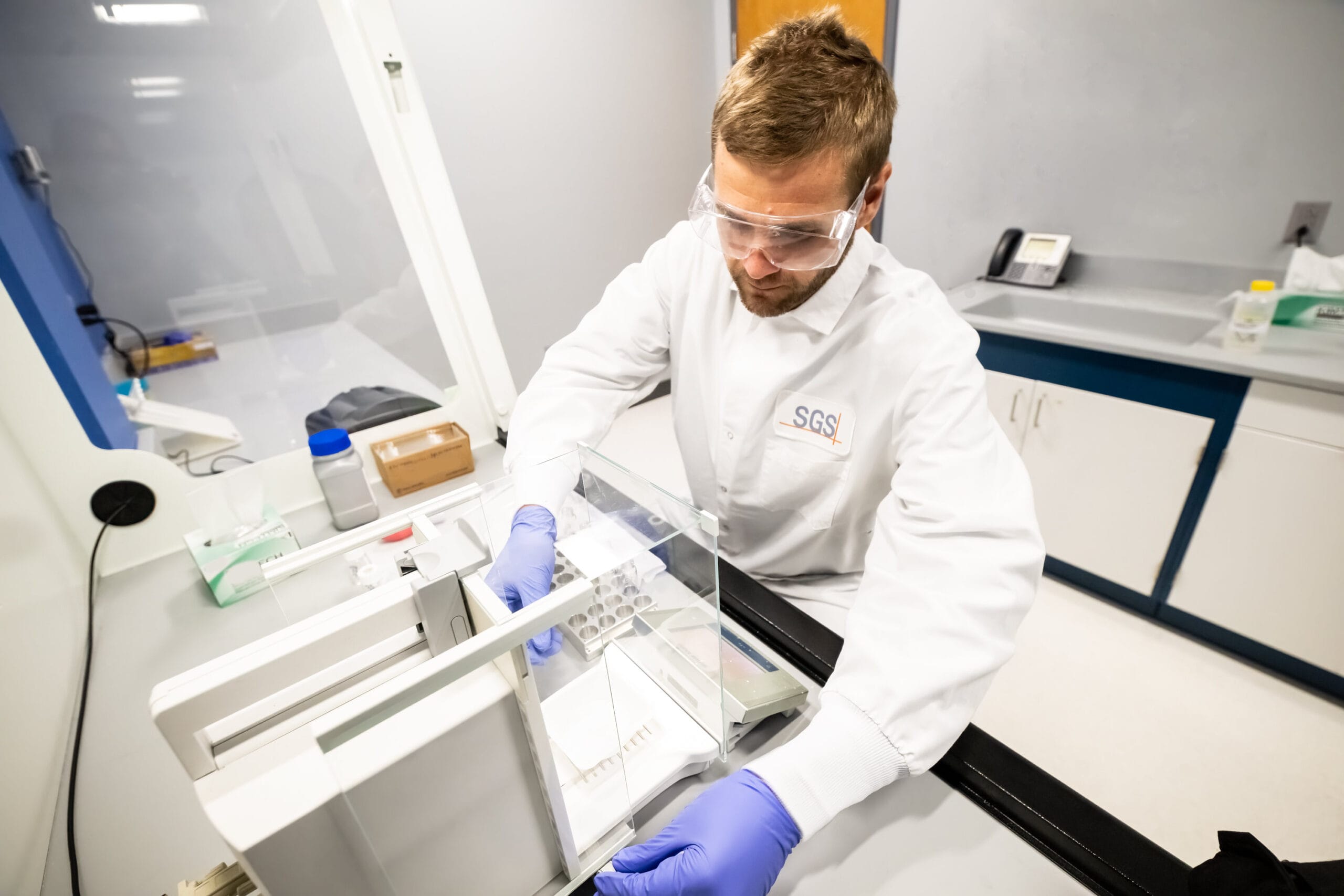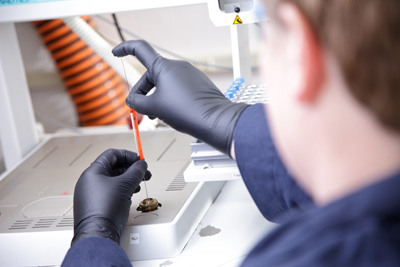
Chromatography
Gas Chromatography (GC) is an analytical technique used for the separation and analysis of semi-volatile and volatile compounds.
The main components of the gas chromatograph are the injection system, GC oven, chromatography columns, and the detectors. The sample must be introduced into the system using an appropriate injection method; direct injection, thermal desorption, and head space analysis are common.
Some typical applications GC is used for consists of: Testing the purity of a compound, testing for trace impurities in a compound/mixture, isolation/identification of compounds in a mixture, identification of additives present in a sample, and separation/identification of solvents.
Approaches
The GC oven offers the ability for temperature programming so very volatile compounds as well as less volatile compounds can be evaluated in a single analysis.
The choice of detector depends on the purpose of the analysis but there is no volatile compound that can escape detection. If identification of chemicals is needed, the mass selective detector (mass spectrometer) is the best choice.

Sample Considerations
A sample must have components that are volatile in order to be appropriate for gas chromatography. Because the gas chromatograph can be heated to 450 °C, a vast array of samples are viable candidates for the GC method. Samples can be injected directly, injected in a solvent, or desorbed from a sample or absorptive matrix. A large variety of samples are routinely evaluated using the GC method of analysis.
Contact and expert to talk through your specific sample considerations and Gas Chromatography testing needs.
Experience
Work We’ve Done:
- Alcohol products to determine purity
- Plasticizer content in vinyl products
- Comparative analysis of fiber-reinforced
- Solvent analysis
- Residual monomers in bioabsorbable polymers
- Identification of additives in plastics
- Contamination identification for failure analysis
- Anti-ozonants in rubber products.
